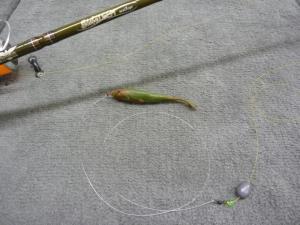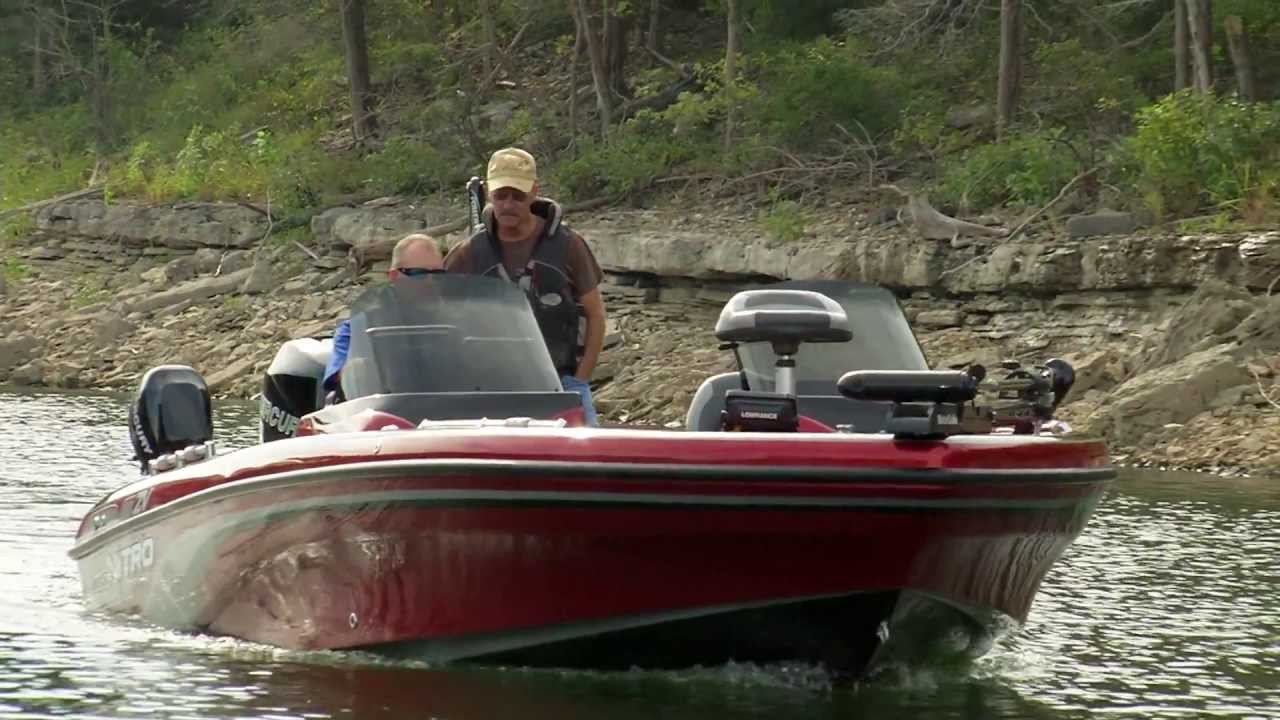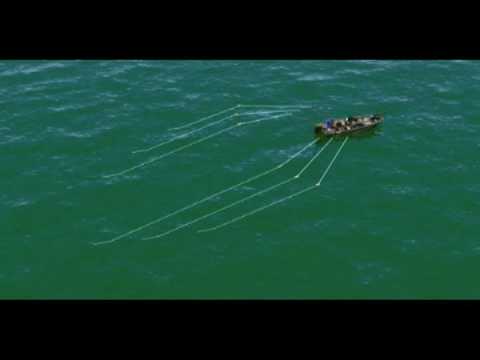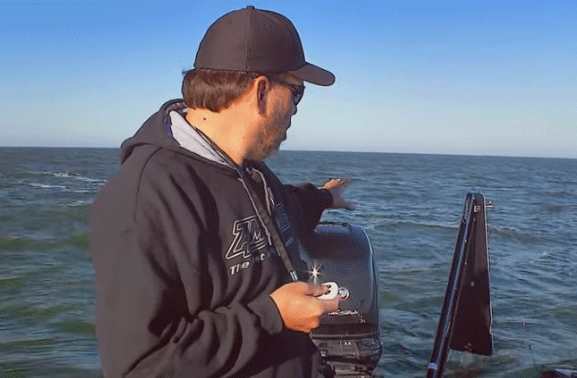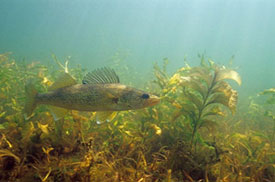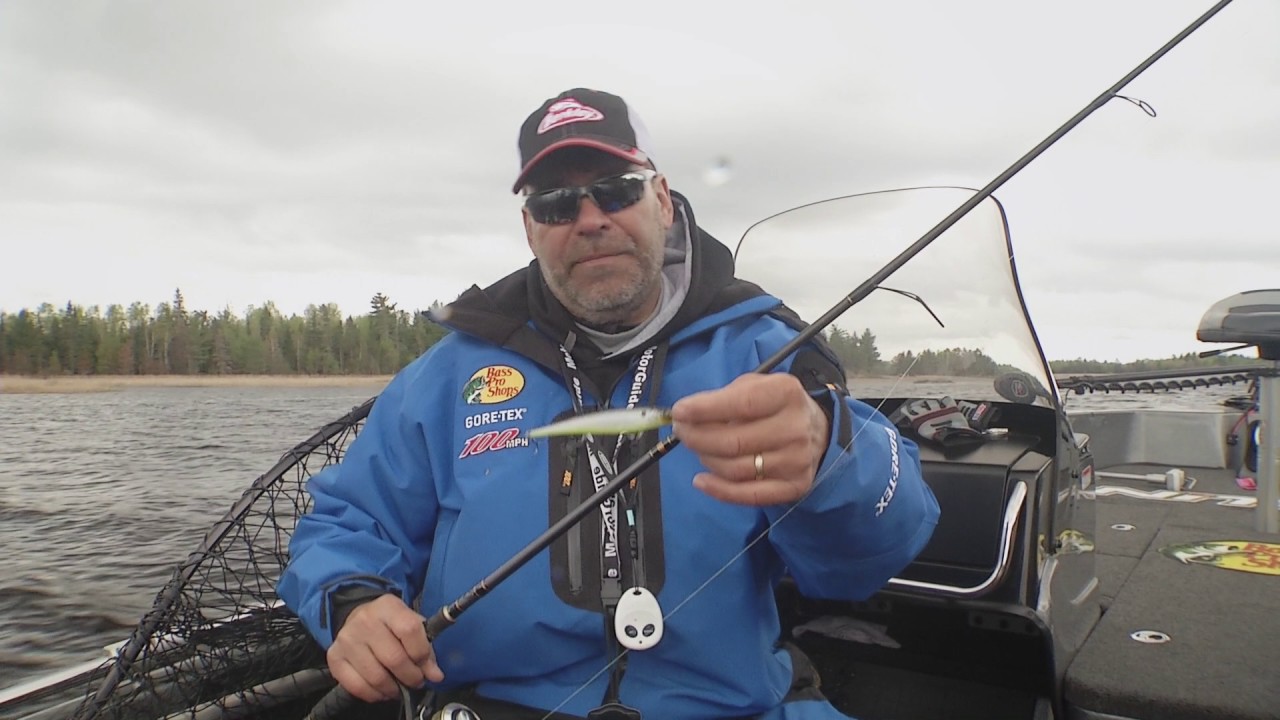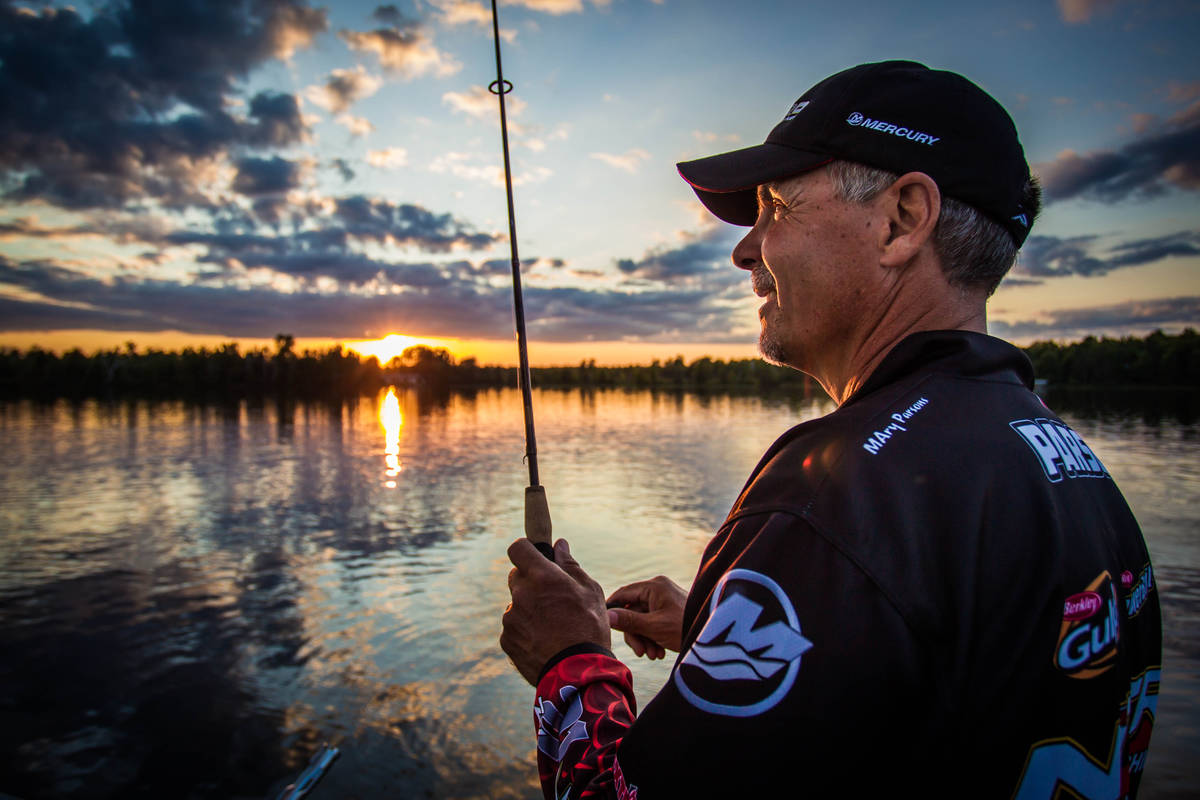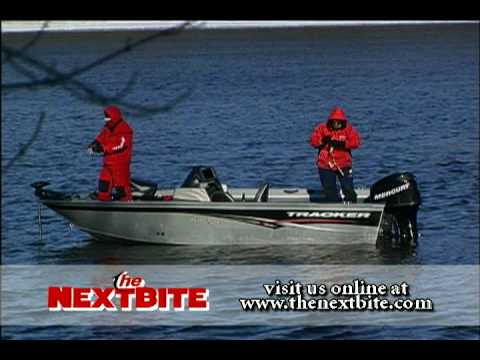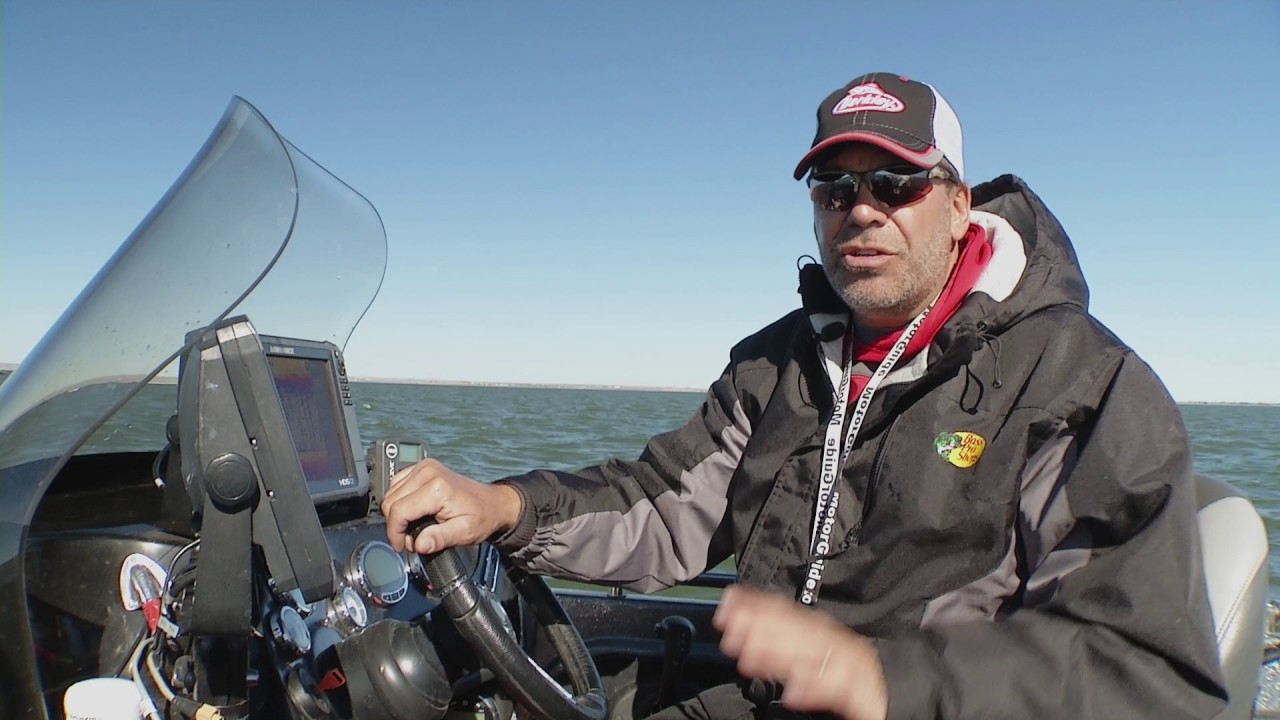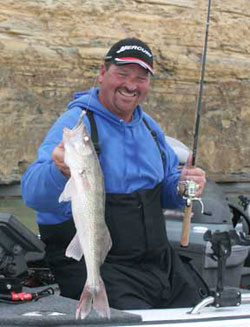
Live bait rigging is a good technique for catching neutral fish. I use it in spring right after the spawn, before the walleyes get active—and before I switch over to spinners. It’s also an option whenever the fish are not aggressive and confined to a relatively small area. I’ll rig in the fall when walleyes are holding at certain key depths along steep breaks.
Total Solutions Technique
As with most techniques, I use my sonar to find key areas and mark fish before I start fishing. A point or cup on the structure is always worth checking. Waypoints will help you mark a spot, but I often throw out a marker buoy for an easy-to-spot visual reference. Depending on the depth and water conditions, I’ll use a ¼- to ½-ounce Lindy sinker ahead of a ’crawler, leech or minnow. The goal is to keep the line almost vertical—at a 45-degree angle or less. Don’t drag the rig around, keep it 6 to 10 inches off bottom. The reason is simple: if you’re dragging bottom, you won’t be able to feel the slight resistance that indicates when a fish has taken the bait. With the rig slightly suspended, you can drop the rodtip when you feel resistance and immediately tell whether it was a fish or just the bottom.
When a walleye hits, let it run with the bait. It will stop, and that’s your cue to close the bail, take up slack and get ready for a fight. Let it run again until you feel the weight of the fish, then set the hook.
Total Solutions Equipment
My favorite rigging rod is the Berkley® Lightning® Spinning Rod. They come in medium-light power, graphite sticks. Using a longer rod lets me take up more slack on the hookset.
Either rod matches nicely with an Abu Garcia Cardinal SX or Abu Garcia REVO SX, spinning reel loaded with 6-pound-test Berkley Trilene XL Clear. One note on line choice is in order. If I’m fishing with big chubs I might use 6/2 FireLine Crystal. The superline lets me feel the chub’s action better and that’s important because it will react to walleyes in the area. When the chub starts getting nervous, get ready.
Chubs call for size 2 to 4 hooks, ’crawlers 6 to 4 and leeches typically 6 to 4 as well, except I might drop down to a size 8 on occasion.
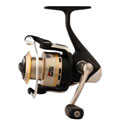 Abu Garcia® Cardinal® SX |
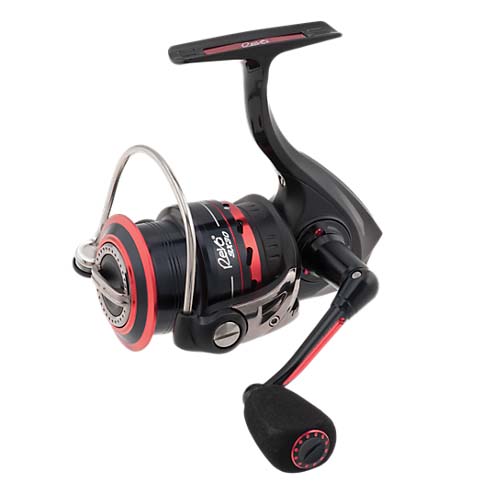 Abu Garcia® REVO SX Series |
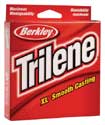 Berkley® Trilene XL® |
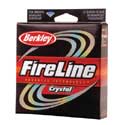 Berkley® FireLine Crystal™ |

